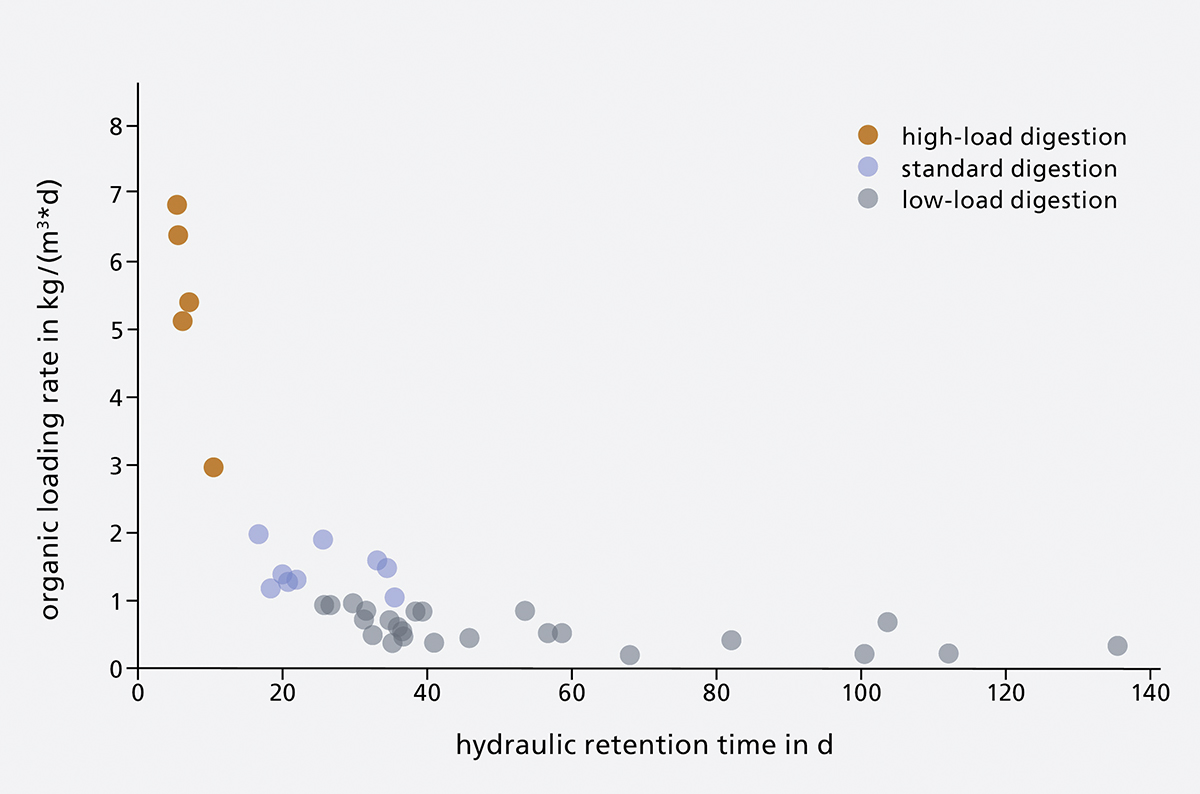Within the scope of the BioEeconomy Baden-Württemberg program, an assessment was carried out to determine the potential of the waste material sewage sludge for the production of biogas in the state of Baden-Württemberg. The study demonstrated the potential of the existing sewage treatment plants of size class 4 for extended biogas production. The conversion of sewage treatment plants of this size class from aerobic to anaerobic sludge stabilization, as well as an optimized digester operation through higher loads, allows an increase in biogas production.
Our analysis shows that the current biogas production in sewage treatment plants could be increased to produce another 40 to 52 GWh/a of electricity and 60 to 80 GWh/a of heat. The conversion of a sewage treatment plant from aerobic to anaerobic sludge stabilization enables the sewage treatment plant to produce its own electricity and heat. Especially, the more than 60 municipalities without digestion would benefit from this. The conversion to anaerobic sludge stabilization alone could achieve about 40 percent of the total additional biogas potential. The optimization of the almost 220 existing digesters by means of higher load and improved operation would contribute to the remaining 60 percent increase in biogas potential.
In addition to the biogas potential, specific challenges of sewage treatment plants were identified by visits and discussions with operators, operational log books were evaluated, and “best practices” for optimizing energy efficiency at treatment plants identified. Sludge management, its quality and efficient digestion process are decisive for an effective solids degradation and biogas production. For example, several wastewater treatment plants operate an activated sludge process with an unnecessarily high sludge age. A number of the evaluated digesters are operated under particularly low loads (Fig. 1). Fraunhofer IGB was able to demonstrate how to increase biogas production from sewage sludge, reduce sludge volumes and minimize disposal costs through systematic analysis and concrete measures at selected sewage treatment plants.
 Fraunhofer Institute for Interfacial Engineering and Biotechnology IGB
Fraunhofer Institute for Interfacial Engineering and Biotechnology IGB